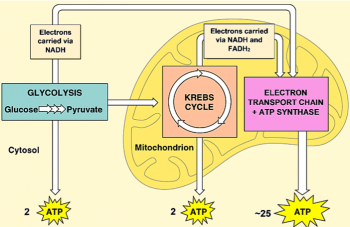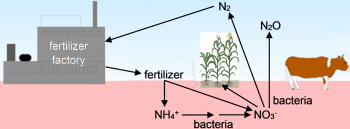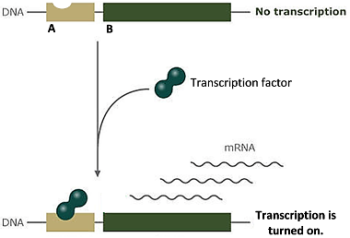
Analysis and discussion questions develop student understanding of negative and positive feedback and homeostasis.
For example, students develop a model of negative feedback regulation of body temperature; this model includes a temperature control center in the brain that uses information about differences between a setpoint and actual body temperature to regulate sweating, shivering, and changes in blood flow to the skin.
The setpoint for negative feedback can be changed; for example, in response to an infection the temperature setpoint can be increased, resulting in a fever.
Negative feedback contributes to homeostasis.
Sometimes negative feedback does not function properly; for example, diabetes results from abnormalities in negative feedback regulation of blood glucose levels.
Finally, students analyze how positive feedback contributes to rapid change (e.g., rapid formation of a platelet plug).

 © Serendip® 1994 - All rights reserved. Privacy Policy
© Serendip® 1994 - All rights reserved. Privacy Policy
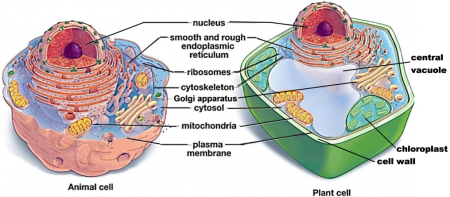
 Biology is the scientific study of living things.
Biology is the scientific study of living things. flow through ecosystems, the carbon cycle, trophic pyramids, exponential and logistic population growth, species interactions in biological communities, succession, and effects of human activities on ecosystems. This overview also recommends introductory ecology readings.
flow through ecosystems, the carbon cycle, trophic pyramids, exponential and logistic population growth, species interactions in biological communities, succession, and effects of human activities on ecosystems. This overview also recommends introductory ecology readings. 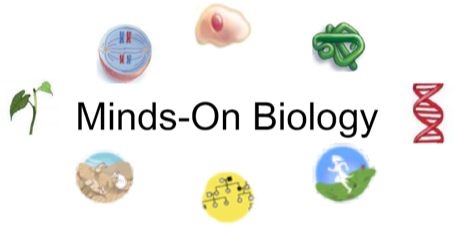

 This activity uses the example of a flock of pelicans in flight to illustrate how analysis at multiple levels of organization enhances our understanding of a biological phenomenon.
This activity uses the example of a flock of pelicans in flight to illustrate how analysis at multiple levels of organization enhances our understanding of a biological phenomenon.